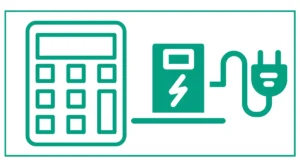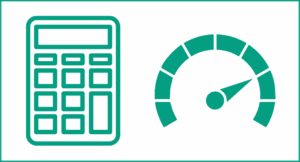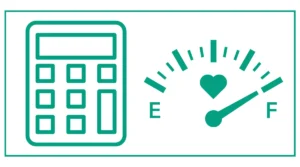Reading speed is an essential skill in our fast-paced world. Whether you are a student tackling textbooks, a professional sifting through reports, or an avid reader devouring novels, knowing your reading speed can help you manage your time better and improve your overall reading efficiency.
Understanding Words Per Minute (WPM)
Words Per Minute, or WPM, is a measure of reading speed that calculates how many words a person can read in one minute. This metric is widely used to assess reading fluency and comprehension. The average adult reads between 200 to 300 WPM, but this can vary greatly depending on factors such as the complexity of the text, the reader’s familiarity with the subject matter, and individual reading skills.
How to Use Our WPM Calculator
Our WPM calculator can help you quickly determine your reading speed. Here’s a step-by-step guide on how to use it:
- Word Count: Enter the total number of words in the text you’ve read.
- Time: Input the time it took you to read the text, separated into minutes and seconds.
- Calculate: Click the “Calculate WPM” button to see your results.
The calculator will then display your reading speed in Words Per Minute, along with a brief message about your performance.
Interpreting Your WPM Results
The calculator provides instant feedback on your reading speed:
- Above 100 WPM: Considered above average, indicating efficient reading skills.
- 80-100 WPM: A solid reading speed, typical for many adults.
- Below 80 WPM: There may be room for improvement in your reading speed.
Remember, reading speed is just one aspect of reading. Comprehension is equally important, so focus on balancing speed with understanding.
Tips to Improve Your Reading Speed
If you’re looking to increase your WPM, consider these strategies:
- Practice regularly: Set aside time each day for focused reading practice.
- Use a pointer: Your finger or a pen can help guide your eyes and reduce backtracking.
- Expand your vocabulary: A broader vocabulary can help you recognize words more quickly.
- Avoid subvocalization: Try to reduce the habit of saying words in your head as you read.
- Read in chunks: Train your eyes to take in groups of words rather than individual words.
- Improve your focus: Minimize distractions to maintain concentration while reading. You can listen audiobooks to improve your focus.
- Skim and scan: Learn when to skim for main ideas and when to read in-depth.
Benefits of Improving Reading Speed
Enhancing your reading speed can lead to several advantages:
- Increased productivity: Process more information in less time.
- Better time management: Allocate your reading time more efficiently.
- Improved comprehension: As you become a more efficient reader, your ability to understand and retain information often improves.
- Reduced eye strain: Smoother eye movements can lead to less fatigue during extended reading sessions.
- Enhanced learning: Faster reading can allow you to cover more material in your studies or research.
- Career advancement: Efficient reading skills can be a valuable asset in many professions.
Reading Speed by Grade Level
Understanding average reading speeds by grade level can help you gauge your performance:
- 3rd Grade: 53-80 WPM
- 5th Grade: 96-128 WPM
- 8th Grade: 151-204 WPM
- High School: 200-300 WPM
- College: 300-400 WPM
- Speed Readers: 700+ WPM
Factors Affecting Reading Speed
Several factors can influence your reading speed:
- Text complexity: Technical or unfamiliar content may slow you down.
- Font size and type: Readable fonts and appropriate sizes can increase speed.
- Reading environment: Good lighting and minimal distractions can help.
- Physical condition: Fatigue or poor eyesight can affect reading speed.
- Reading purpose: Skimming for main ideas vs. reading for detailed comprehension.
Conclusion
The Words Per Minute calculator is a valuable tool for anyone looking to assess and improve their reading speed. By regularly measuring your WPM and implementing the suggested improvement strategies, you can enhance your reading efficiency over time. Remember, the goal is not just to read faster, but to read smarter – balancing speed with comprehension for optimal learning and enjoyment.
Use our WPM calculator to track your progress and set realistic goals for improvement. Whether you’re aiming to boost your academic performance, enhance your professional skills, or simply enjoy more books in less time, improving your reading speed can open up a world of opportunities.





